In a post to the diyaudio forums, www.diyaudio.com/forums 67232, I see terminology that are likely to be measurements of resistance: "0r1", "1r0", and "10r". I am thinking the "r" there means a decimal point. If that is true, then is this some standard used in the electronics industry, and if so, what is the name of the standard and/or URL's to descriptions of that standard?
In case that forum ever disappears, below I quote that post's content.
now we know what you are trying to measure to, tell us what the probe to probe resistance reading and also the probe vias winding to probe resistance reading is. That way we and you can compare the extra resistance as the likely winding resistance. <=0r1 indicates a big fat secondary capable of many amperes. 1r0 indicates a big fat primary capable of many hundreds of VA. 10r starts to show current limitations.



